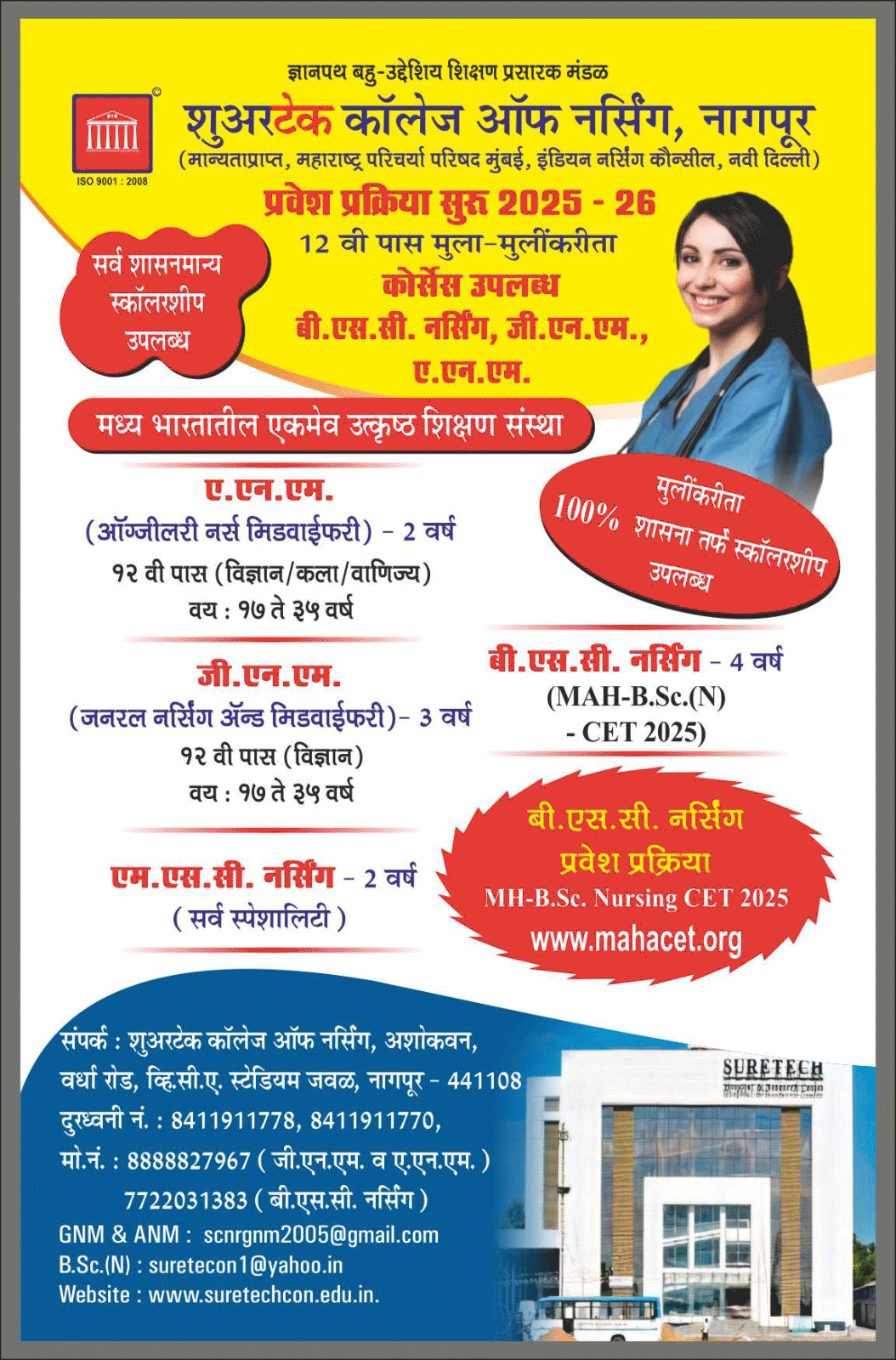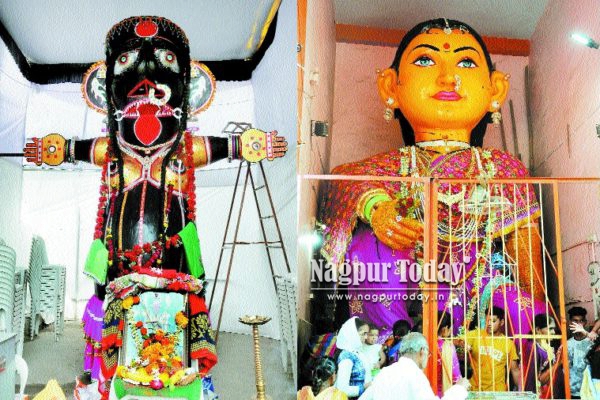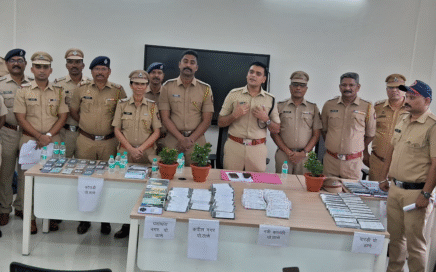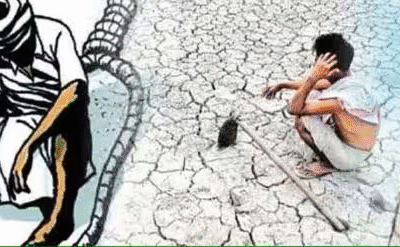Nagpur: The heart of Nagpur is set to come alive on Saturday, August 23, as the city celebrates its one-of-a-kind Marbat and Badgya festival, a tradition deeply rooted in Vidarbha’s cultural identity. Observed on the second day of Pola, this over-100-year-old festival is unique to Nagpur and continues to be an inseparable part of the city’s heritage.
Preparations are in full swing at Marbat Chowk in Budhwari, where artisans have been busy for weeks shaping the towering effigies of Kali Marbat and Pili Marbat. These symbolic figures represent the common man’s anger against social evils, injustice, and hardships. Over the years, they have come to embody people’s protests against issues like rising prices, corruption, and unpopular government policies.
On the day of the festival, East Nagpur’s narrow lanes will echo with the resounding chant of “Eeda, peeda gheun jaa ge Marbat” (Take away all social evils and miseries), as the colourful processions of Marbats and Badgyas make their way through the city.
The Kali Marbat rally will start from Nehru Putla, while the Pili Marbat procession will begin from Jagnath Budhwari. Both will converge at Nehru Putla Square, where thousands of citizens, young and old, will gather to witness the spectacle. The culmination of the festival comes with the burning of these effigies, a ritual believed to cleanse the city of negativity and usher in peace and prosperity.
Beyond its festive grandeur, the Marbat and Badgya festival stands as a social barometer, reflecting the people’s sentiments against prevailing injustices. Each year, the effigies serve as a voice for the public, carrying sharp commentary on contemporary issues—making the event not just a cultural celebration but also a form of people’s protest.
With the city streets decorated and anticipation running high, today’s celebration is expected to draw massive crowds, reaffirming Nagpur’s unique legacy where tradition, social awareness, and community spirit converge.
The Marbat celebrations themselves are equally steeped in history. The Kali Marbat, introduced in 1881, and the Pili Marbat, which followed in 1885, form the heart of the tradition, which is crafted by the Tarhane Teli community. Towering effigies, often reaching up to 20 feet, are built and worshipped before being paraded through the city.
In recent years, newer additions such as the Laal Marbat and a growing number of Badgyas, or smaller effigies prepared by different communities, have expanded the festival’s canvas. These often carry social messages, from awareness about pollution to commentary on governance based on the latest issues of the time. On the day of Tanha Pola, the processions wind through the historic lanes of old Nagpur, accompanied by chants of ‘Eeda pida gheun jaa ge Marbat’, a collective plea to the deities to take away all troubles and evils.
The grand finale comes when the effigies are consigned to flames at designated sites like Naik Talao and Harihar Mandir, symbolically burning away negativity and ushering in prosperity. With prayers already underway and markets in full swing, Nagpur is set to witness another unforgettable chapter of the Marbat Festival, a celebration that blends devotion, tradition, and community pride.
















